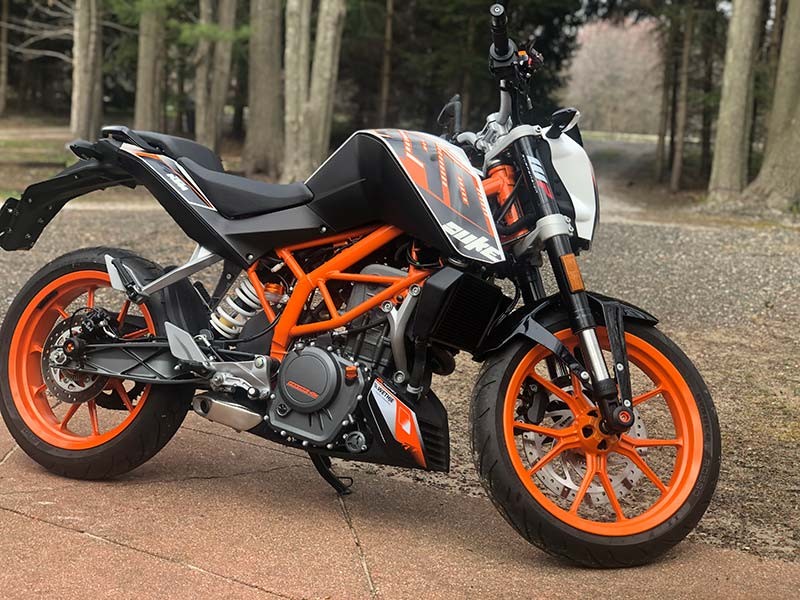Are you dreaming of the open road and the freedom of riding a motorbike? Maybe the idea of motorcycle camping has sparked your adventurous spirit, or perhaps you simply want to learn a new skill. Like many, you might wonder, “How Do You Learn To Ride A Motorbike?” especially if you’re starting later in life. It’s a question filled with anticipation and maybe a little apprehension. This journey, while exhilarating, begins with understanding the fundamental steps and building confidence at each stage.
Is it Too Late to Learn Motorbike Riding?
If you’ve ever hesitated, wondering if age or lack of experience is a barrier, take heart. Searching online for stories of mature beginners often reveals discussions, sometimes discouraging ones, about the challenges. However, countless individuals successfully learn to ride motorbikes at various stages of life. The key is the right approach, patience, and a willingness to learn. Forget the myths about needing to be a lifelong athlete; learning to ride is more about balance, coordination, and mental focus than brute strength.
Essential First Steps: Gear and Mindset
Before you even think about straddling a motorbike, preparation is crucial. Firstly, consider the gear. While you don’t need to break the bank immediately, investing in essential safety equipment is non-negotiable. A helmet certified for motorcycle use is paramount. Beyond that, sturdy riding boots that protect your ankles, durable gloves for grip and protection, and a robust riding jacket and trousers to shield you from abrasion are highly recommended.
Secondly, approach learning with the right mindset. Enthusiasm is fantastic, but combine it with patience and respect for the machine. Learning to ride takes time, and there will be a learning curve. Embrace the process, celebrate small victories, and don’t be discouraged by initial wobbles or slow progress.
Parking Lot Practice: Mastering the Basics
The best place to begin your motorbike riding journey is a safe, controlled environment like an empty parking lot. This is where you’ll build foundational skills without the pressure of traffic.
Start by getting familiar with the motorbike itself. Understand the controls: throttle, clutch (if it’s a manual), brakes, gears, indicators. Practice starting the engine and getting a feel for the motorbike’s weight and balance.
Begin with slow speed maneuvers. Practice walking the motorbike with your feet, then progress to ‘power walking’ with the engine running in first gear, feet skimming the ground. Focus on clutch control (for manual bikes) and throttle sensitivity. Smooth and controlled movements are key.
Next, practice straight line riding at a slow pace, gradually lifting your feet and finding your balance. Once comfortable, start practicing wide, sweeping turns. Shifting gears is another fundamental skill. If you’re familiar with manual cars, the concept is similar, but the foot-operated gear lever will take some getting used to. Practice smooth upshifts and downshifts in the parking lot, focusing on coordinating the clutch, throttle, and gear lever.
From Parking Lot to Pavement: Taking it to the Road
Once you’ve gained confidence in the parking lot, the next step is to venture onto quiet roads. In many regions, a learner’s permit or Temporary Instruction Permit (TIP) allows you to ride on public roads under specific conditions, usually with a licensed rider supervising. Check your local regulations to ensure you’re riding legally.
Having an experienced rider guide you on your first road rides is invaluable. Follow their lead, starting on very quiet streets with minimal traffic. Focus on maintaining a safe speed, practicing smooth turns, and being aware of your surroundings. 40 mph might feel incredibly fast initially, and that’s perfectly normal. Gradually increase your speed and complexity of routes as your confidence grows.
The Value of Formal Training: Motorcycle Safety Courses
While practicing independently is helpful, enrolling in a formal Motorcycle Safety Course, such as the Motorcycle Safety Foundation (MSF) Basic RiderCourse in the US, is highly recommended. These courses provide structured learning from certified instructors, covering everything from basic controls to advanced riding techniques and safety strategies.
MSF courses typically include both classroom sessions and practical riding exercises on a controlled range. You’ll learn essential skills like emergency braking, swerving, and cornering techniques in a safe and supportive environment. Many courses also include the motorcycle endorsement test, meaning successful completion can often waive the need for further testing at your local Department of Motor Vehicles.
These courses not only equip you with crucial riding skills but also instill a safety-conscious mindset that is paramount for responsible motorcycling. They are an invaluable investment in your riding journey and significantly boost your confidence and competence.
Getting Licensed and Embracing the Ride
After completing a safety course and gaining sufficient practice, it’s time to pursue your motorcycle license or endorsement. The specific requirements vary by location, but generally involve a written knowledge test and a practical riding skills test.
Once licensed, the real adventure begins. Your first solo ride is a significant milestone – a moment of pure freedom and accomplishment. However, learning is an ongoing process. Continue practicing, honing your skills, and always prioritizing safety. Consider joining a local riding group or club to connect with experienced riders, learn from their insights, and share the joy of motorcycling.
Learning to ride a motorbike is a rewarding journey open to anyone with the desire and dedication. Age is not a barrier, and prior athletic experience isn’t a prerequisite. By taking a step-by-step approach, from parking lot practice to formal training and consistent road experience, you can confidently learn to ride and unlock a world of adventure on two wheels. So, if you’ve been wondering “how do you learn to ride a motorbike?”, take the first step, sign up for a course, and begin your riding story today.

